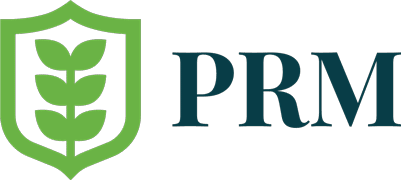Source: USDA news release
In 2023, 9.3 percent of U.S. households with an adult aged 65 and older were food insecure at some time during the year, meaning they had difficulty providing enough food for all their members because of a lack of resources. This prevalence of food insecurity in households with an adult aged 65 and older in 2023 was statistically similar to the 9.1 percent in 2022 but was statistically significantly higher than the 7.1 percent prevalence in 2021.
USDA, Economic Research Service (ERS) monitors the food security status of households in the United States through an annual nationwide survey, including two measurements for older adults: households with at least one adult aged 65 and older and a subset of this group that includes households with an adult aged 65 and older living alone. The survey does not include older adults residing in assisted living facilities.
In 2023, 11 percent of households with an adult aged 65 and older living alone were food insecure, which is statistically similar to the prevalence in 2022 of 11.4 percent and the prevalence in 2021 of 9.5 percent. Very low food security is a more severe form of food insecurity in which the food intake of some household members was reduced and normal eating patterns were disrupted at times during the year.
The prevalence of very low food security for households with an adult aged 65 and older and households with an adult aged 65 and older living alone in 2023 were statistically similar to the prevalences in 2022 and 2021.


